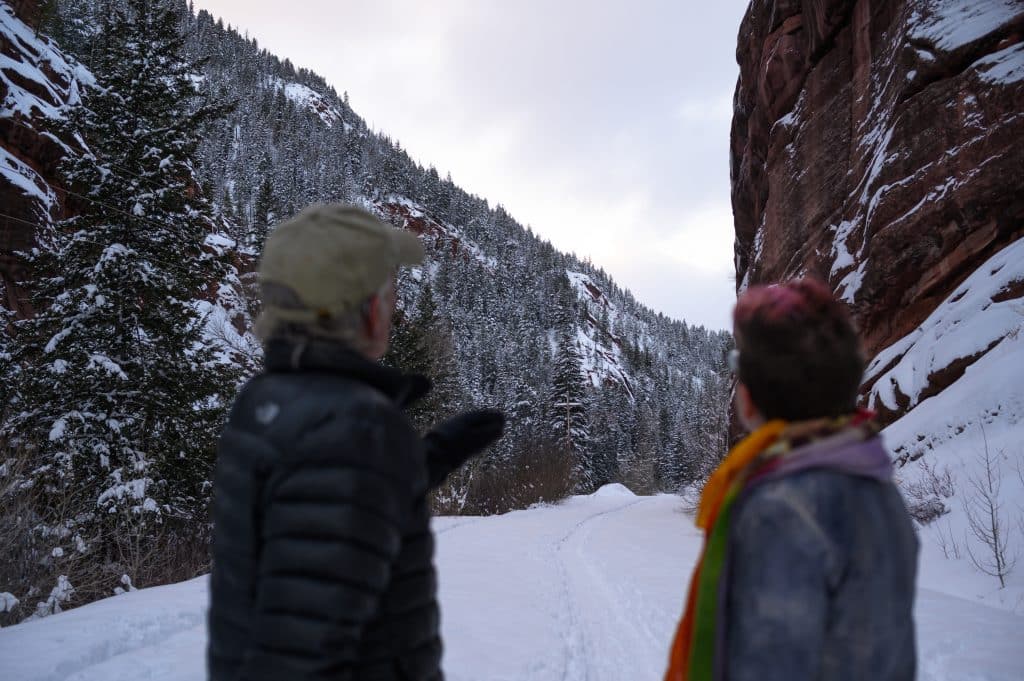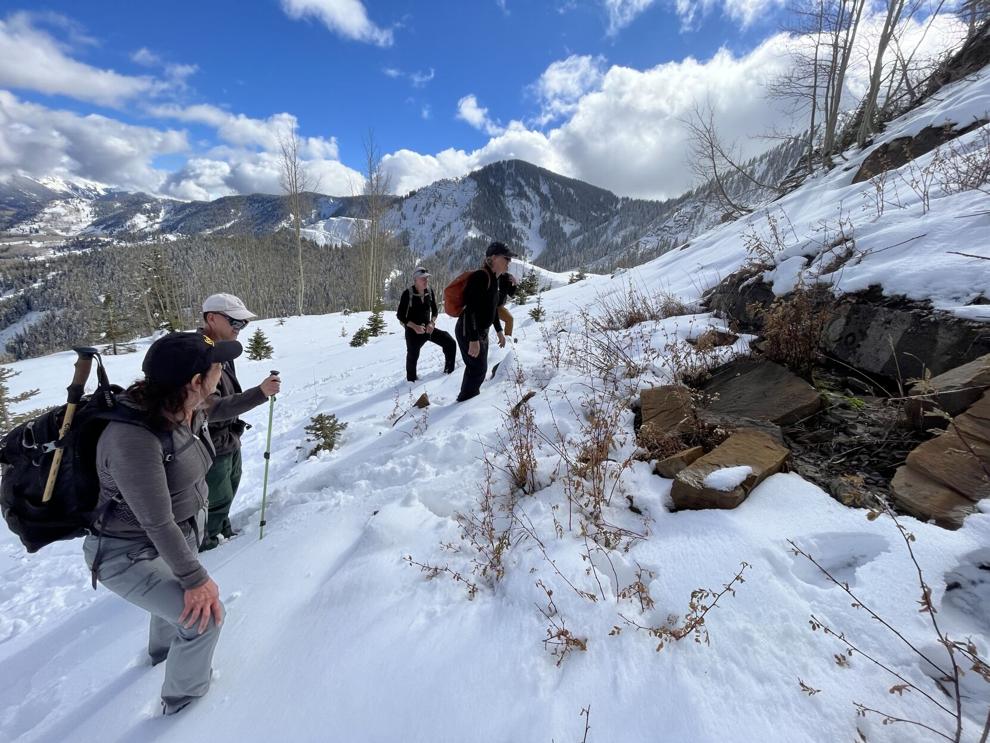“Methane contributes to more than 25% of current global warming,”
CORE has received $1.2 million in funding from the U.S. Department of Energy to proceed researching Coal Basin with Delta Brick heading up the research and data collection. The Coal Basin mines are among thousands of shuttered coal mines across the country currently leaking methane long after they have closed. Chris Caskey has identified 12 major leaks in Coal Basin, but there are probably more, which he hopes to find with a drone. Using a portable methane sensor, Caskey has measured methane from two of those leaks at a combined rate of 100 to 200 tons per year. Extrapolating that number using Environmental Protection Agency data, he believes the Coal Basin mines are, in total, emitting roughly 10,000 tons, or the equivalent of 248,040 tons of carbon dioxide, which is roughly half of Pitkin County’s total annual greenhouse gas emissions.
https://www.aspencore.org/coal-basin-methane-project
 The scenic valley just west of Redstone, once home to industrial coal mining, is a favorite local recreation destination. Both have expressed concern about the impact of a potential project to capture methane leaking form the shuttered mines.
The scenic valley just west of Redstone, once home to industrial coal mining, is a favorite local recreation destination. Both have expressed concern about the impact of a potential project to capture methane leaking form the shuttered mines.
Will Sardinsky/Aspen Journalism
The Colorado Department of Public Health and Environment has been monitoring the methane levels in the area and the agency is working with local officials and experts to develop a plan to mitigate the methane leaks and protect the community. One potential solution being considered is the installation of methane capture systems in the abandoned mines. These systems would capture the gas before it can escape into the atmosphere, reducing the risks and limiting the environmental impact of the leaks. The methane problem in Redstone serves as a stark reminder of the environmental and health risks associated with coal mining. As communities continue to grapple with the legacy of mining operations, it is crucial that government agencies and industry stakeholders work together to find sustainable solutions that prioritize the well-being of residents and the environment.
Chris, an entrepreneur and environmental scientist has moved a step closer toward being able to capture some of the estimated 1.3 million cubic feet of methane gas leaking from coal mines in Pitkin County each year, a key advance toward one day reducing carbon emissions from mines and turning a harmful greenhouse gas into a fuel. He received a “categorical exclusion” from the White River National Forest that will allow him to begin inventorying and studying methane gas leaking from coal mine vents across 5 square miles in Coal Basin near Redstone. The decision authorizes Caskey’s Delta Brick & Climate Company to use ground-based monitoring units and aircraft to gather data in the White River National Forest that will relay the volume, concentration and location of methane gas venting into the atmosphere from mining adits and other surface features. Jennifer Schuller, deputy district ranger for the national forest, called the decision “precedent setting,” although it is just the first step in a joint project between Caskey’s brick and climate company, in Montrose, and the Aspen-based Community Office for Resource Efficiency, a nonprofit dedicated to shepherding the Roaring Fork Valley to a carbon-free, net-zero energy future.
 Environmental scientist and entrepreneur Chris Caskey at a coal mining vent in the White River National Forest. Claskey and a team of environmentalists received approval from the U.S. Forest Service to study methane, a greenhouse gas, emitting from abandoned mines in Coal Basin. (Dallas Blaney, CORE)
Environmental scientist and entrepreneur Chris Caskey at a coal mining vent in the White River National Forest. Claskey and a team of environmentalists received approval from the U.S. Forest Service to study methane, a greenhouse gas, emitting from abandoned mines in Coal Basin. (Dallas Blaney, CORE)
In 2019, Caskey began harvesting sediment from the silt choked Paonia Reservoir, which feeds farms in the North Fork Valley, and repurposing it into bricks. Through this process, he’s already freeing up water flow in Paonia Reservoir and transforming its sticky bottom into something useful. He hopes to someday use captured methane to fire the kilns for his heat to make his bricks.


